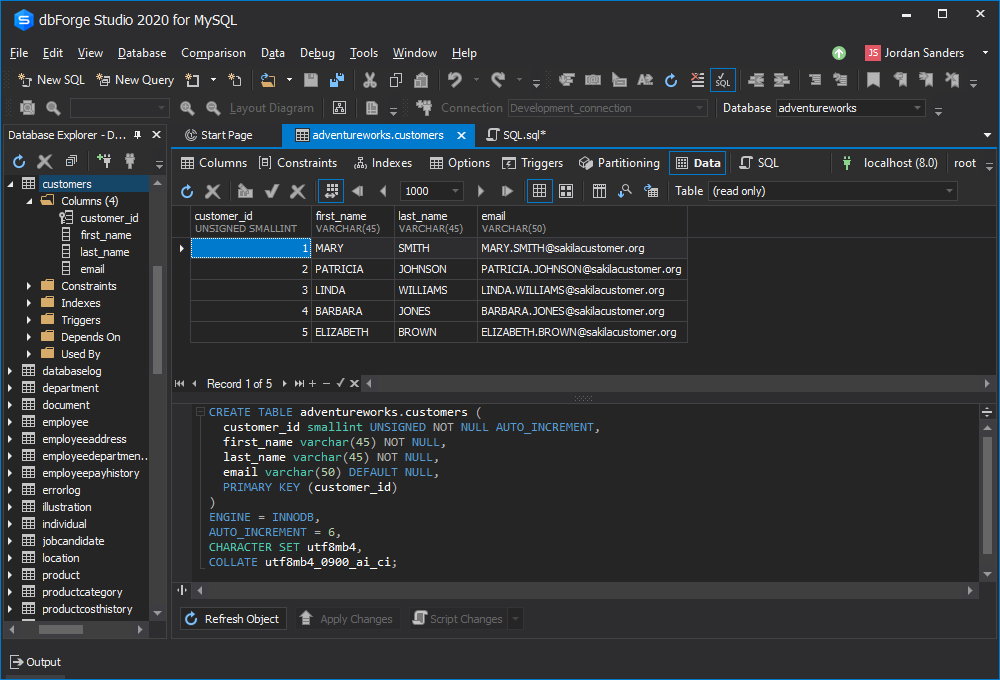

Note: Vulnerabilities affecting either Oracle Database or Oracle Fusion Middleware may affect Oracle Fusion Applications, so Oracle customers should refer to Oracle Fusion Applications Critical Patch Update Knowledge Document, My Oracle Support Note 1967316.1 for information on patches to be applied to Fusion Application environments. "Simultaneous transactions, when issue SELECT.FOR UPDATE, to lock rows, Oracle will decide as to which one should succeed and other sessions will be reported with "Resource Busy" exception." there are various options here: select for update will wait until locked rows are committed or rollbacked.

There are 2 syntaxes for an update query in Oracle depending on whether you are performing a traditional update or updating one table with data from another table. ORDER BY col2 FOR UPDATE OF col1 r c%ROWTYPE BEGIN OPEN c FETCH c INTO r IF c%FOUND THEN UPDATE my_table SET col1 = :newValue WHERE CURRENT OF c END IF CLOSE c END An advantage here is that if the min(col2) value is in multiple rows with col1 = 0, the first example will update all of them while the second example will only update one.ĭescription The Oracle UPDATE statement is used to update existing records in a table in an Oracle database. SELECT last_name, first_name, city FROM contacts WHERE first_name = 'Jane' ORDER BY last_name ASC, first_name DESC This PostgreSQL ORDER BY would return all records sorted by the last_name field in ascending order, with a secondary sort by first_name in descending order. Use NULLS FIRST and NULLS LAST options to explicitly specify the order of NULL with other non-null values. The ORDER BY clause uses the ASC option by default.

Use the ASC option to sort rows in ascending order and DESC option to sort rows in descending order. Use the ORDER BY clause in the SELECT statement to sort rows. UPDATE with ORDER BY: UPDATE thetable SET columntoupdate=yourvalue FROM (SELECT rowid, 'thevalue' AS yourvalue FROM thetable ORDER BY rowid ) AS t1 WHERE thetable.rowid=t1.rowid UPDATE order is still random (I guess), but the values supplied to UPDATE command are matched by thetable.rowid=t1.rowid condition. Output: PostgreSQL ORDER BY on NULL values in descending order. Here in the above example USING clause has been used and after this clause, the ( > ) operator sorts the results in descending order. SELECT empno, emp_first_name, designame, deptno, salary FROM employee WHERE deptno =25 ORDER BY salary USING> Copy. Make sure whatever column you are using to sort, that column should be available in column-list. SELECT column-list FROM table_name You can use more than one column in the ORDER BY clause.


 0 kommentar(er)
0 kommentar(er)
